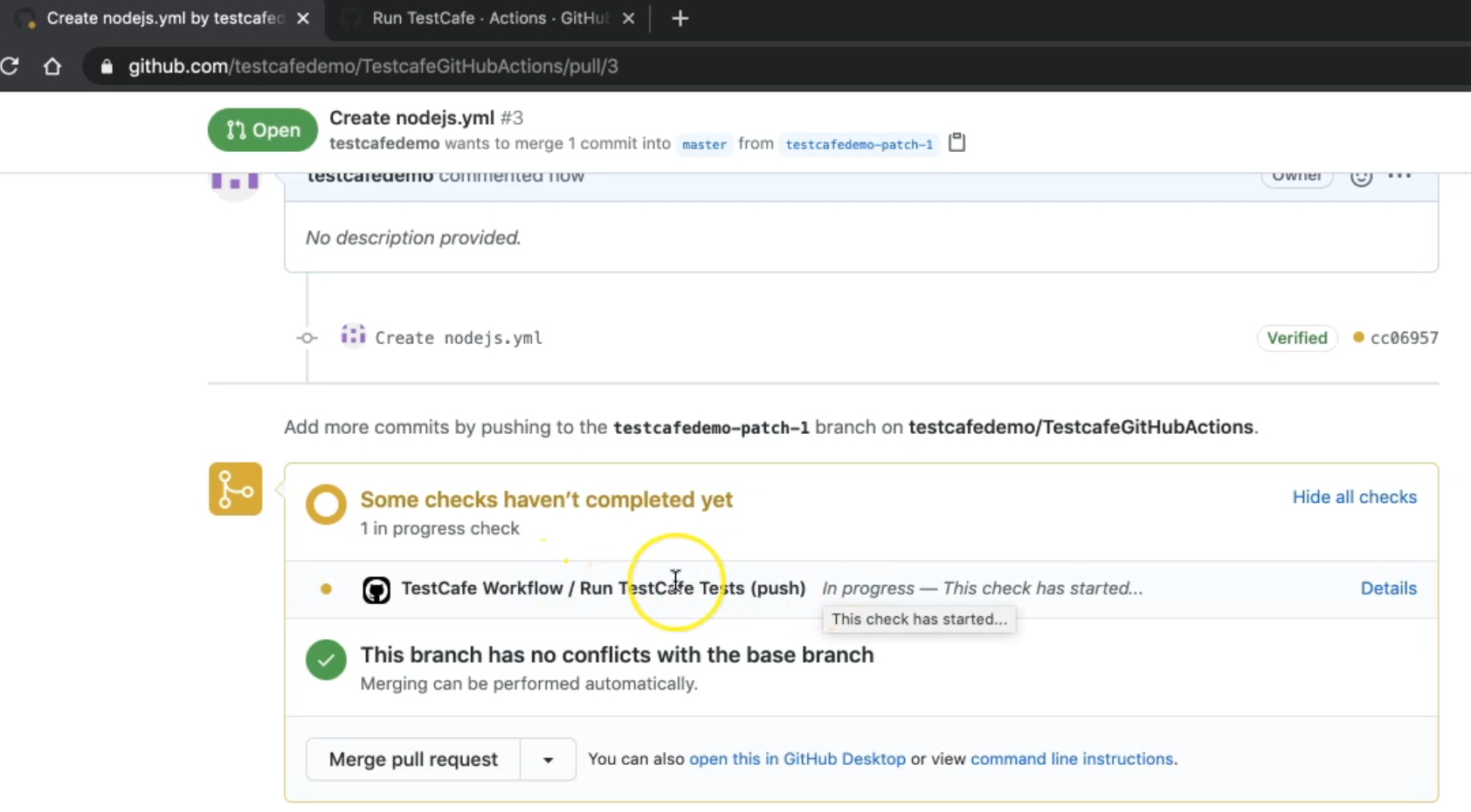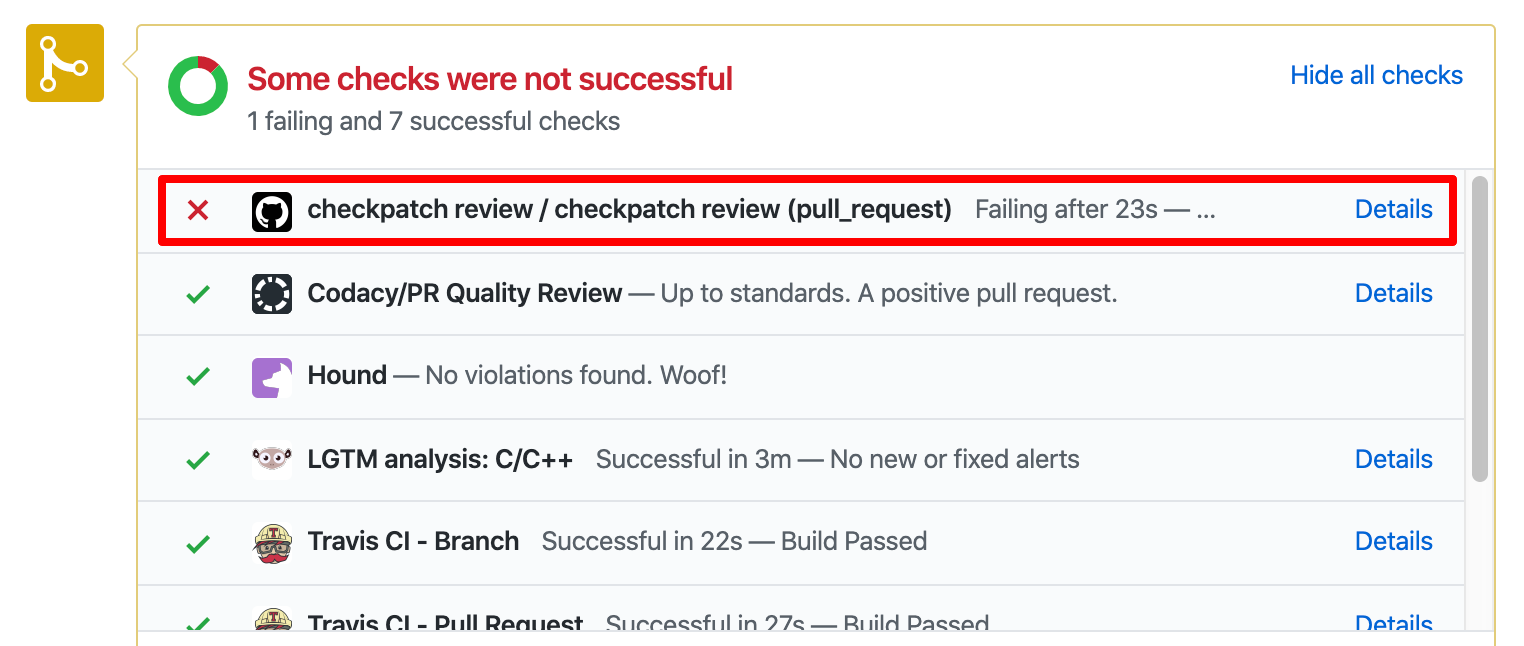
Yours may be slightly different it seems that GitHub tries to analyze the repo some and guess what workflows and actions you may want. You should now see a landing page that looks similar to this: So to get started with your GitHub action, click on the "Actions" tab on your repo's page in GitHub: We don't have to worry about updating the tag name in the GitHub action each time want to build a new image. The tag can also be used as the tag for the image in Docker Hub, which will allow for us to set it and forget it. This would allow me to work in the repo and push to it without extra builds being made. In this case, I only wanted the new image to be built if a release was tagged. We're now ready to set up the GitHub action that will build, tag, and push the image to Docker Hub for us. Your image may require more steps than this, so make sure to put all those here in this file.Īfter finishing this (and adding an optional README), we'll push the code to our GitHub repo. This is a fairly simple, straightforward image, so this is all we need. Last, the Angular CLI is installed globally for the image. I trusted that developer knew what he was doing, so I left it in. I left this in here after using another repo for inspiration.
#GITHUB ACTIONS CHECKOUT UPDATE#
We set the authors label, in this case I put my name, and then we run an update command. In this case, we're using the Alpine Node image at version 12.

#GITHUB ACTIONS CHECKOUT INSTALL#
RUN npm install -g the top of the Dockerfile, we declare the image that we'll use as the base for this image. & sed -i -e "s/bin\/ash/bin\/sh/" /etc/passwd # I trust that developer, so I continued to use this, but you # I got this from another, deprecated Angular CLI image. The contents of the Dockerfile should be: #. If you need a different image, then change the following to match your needs. If you're following along with me, you'll be building an image that has the Angular CLI baked in to it. Add one file in the root of the repo, called Dockerfile. Create the repo in GitHub, and name it whatever you want. Let's start by creating a new GitHub repo that will hold our code (in our case, really only a Dockerfile is needed) for building the image. This article will help you to set up a workflow with GitHub actions that will build and tag the Docker image and push it to the Docker Hub registry. There are a ton of images out there that you can use to build your application, but your situation may need a specific image that isn't available, or to extend an image that someone else has made. We can make sure that the environment is the same on whatever machine it's deployed to, and we can use Kubernetes or Docker to manage the deploy and make sure that it's always running.


Building our applications and turning them into Docker images is one of the best ways to deploy the application.


 0 kommentar(er)
0 kommentar(er)
